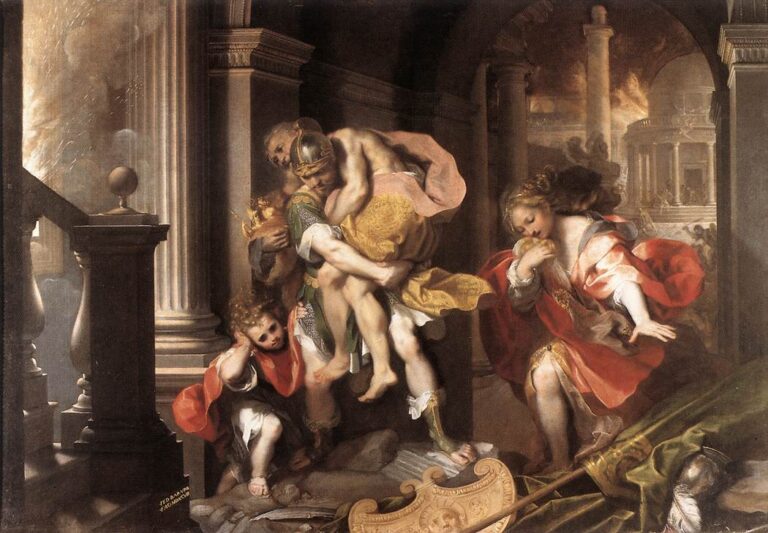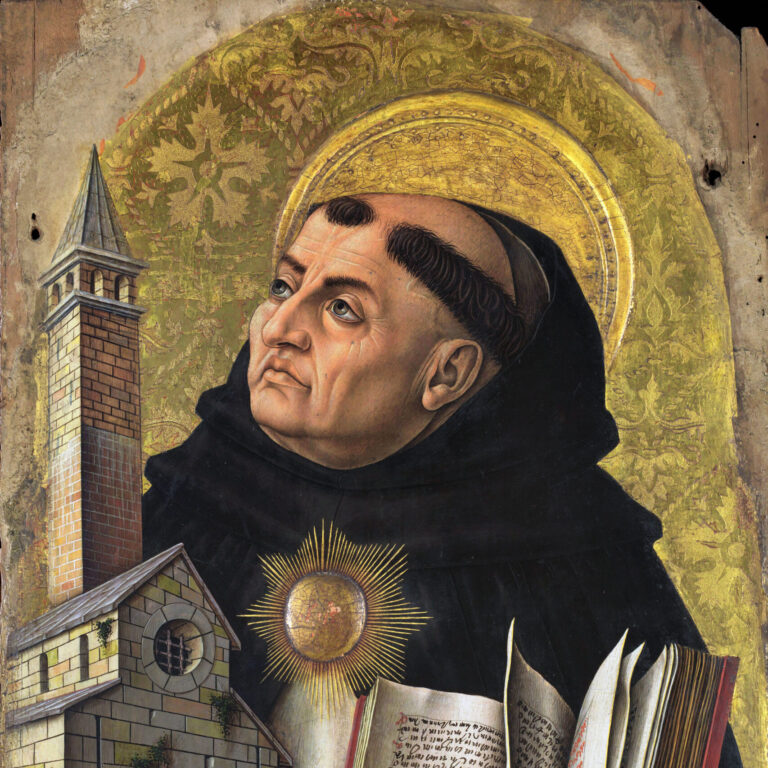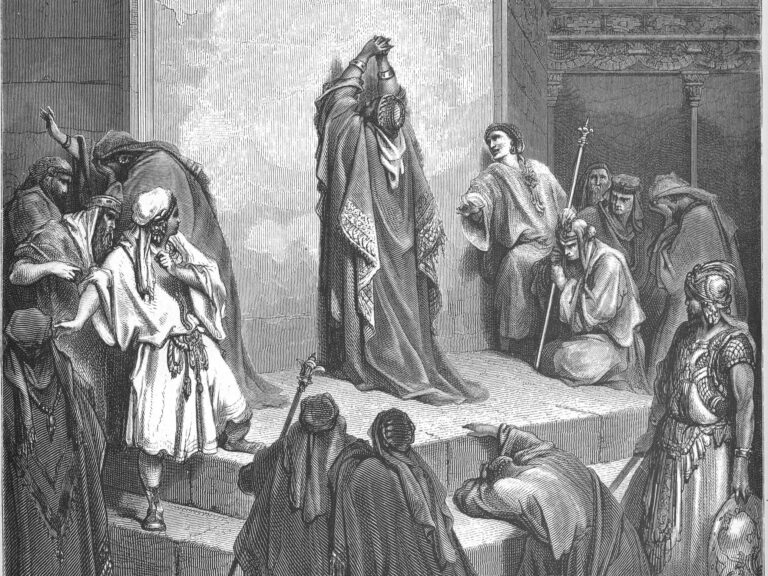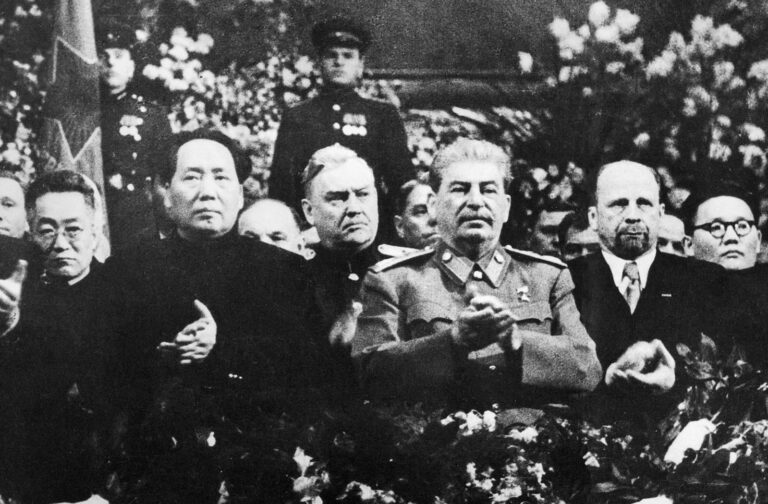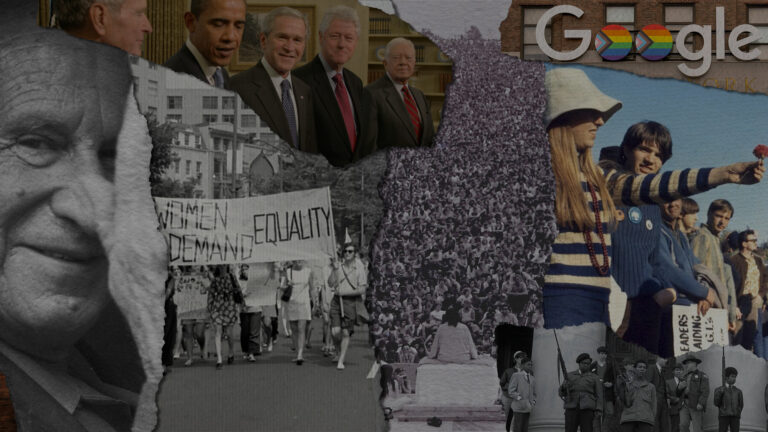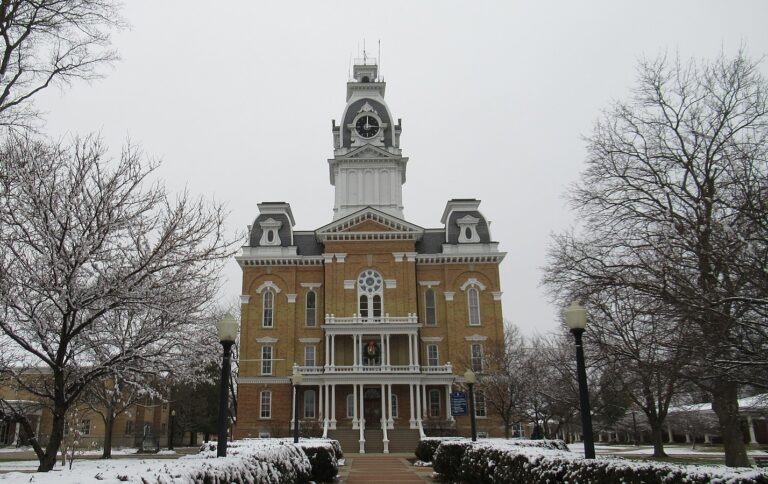Our Newest Course: “Charles Dickens’ A Christmas Carol”
Most people are familiar with A Christmas Carol through its cinematic adaptations. But all too often, the movies completely ignore key aspects of the story and miss the subtle message of faith at its core. There are even those who argue that A Christmas Carol is not even a Christian story—despite the name—but only a humanistic moral tale.
In Hillsdale College’s newest online course, Charles Dickens’ A Christmas Carol, Associate Professor of English Dr. Dwight Lindley brings to life the many allusions to Dante’s Divine Comedy—one of the most famous Christian allegories ever written—and countless Biblical references found throughout Dickens’ novella.
Fundamentally, this story is about Scrooge’s conversion, his acceptance of the Christ child into his heart, which, at the same time, helps him become childlike himself.
In the fifth lecture, Dr. Lindley explains that “the linchpin of the whole book” appears in stave four when the Ghost of Christmas Future and Scrooge visit the house of the Cratchits while they are mourning the death of Tiny Tim. The oldest of the Cratchit boys, Peter, is reading from the Bible at the exact moment Scrooge and the Ghost arrive at the house. Scrooge hears Peter read, “And He took a child, and set him in the midst of them.”
But Peter does not go on, and Scrooge is confused. “Why did he not go on?” he wonders to himself, willing Peter to continue reading. Dr. Lindley explains that Dickens is trying to spur his readers to supply the rest of the verse themselves, which his Victorian era readers could easily have done. The next verse completes this central message at the heart of A Christmas Carol:
And He took a child, and set him in the midst of them: and when He had taken him in His arms, He said unto them, “Whosoever shall receive one of such children in My name, receiveth Me: and whosoever shall receive Me, receiveth not Me, but Him that sent Me.”
–Mark 9:36-37
Dickens later admitted to making biblical verses central themes of his Christmas books. In 1861 he wrote to David Macrae,
I devised a new kind of book for Christmas years ago . . . absolutely impossible, I think, to be separated from the exemplification of the Christian virtues and the inculcation of the Christian precepts. In every one of those books there is an express text preached on, and the text is always taken from the lips of Christ.
A Christmas Carol shows Scrooge opening his heart to become a man who will receive a child, and also receive Christ.
But the message of faith goes even deeper. Christmas itself is about the Divine entering time in the form of a little child. As Dr. Lindley points out, it takes three strange visits from Ghosts who in some way represent the strange interplay of the infinite touching our finite, time-filled lives, to help us realize that our time on earth is a gift that we should relish.
This Christmas season, then, let us revive the true meaning of this transcendent little novel by joining Dr. Lindley as he guides us through Scrooge’s journey to amend his ways and rediscover the joy and love for the true meaning of Christmas.


